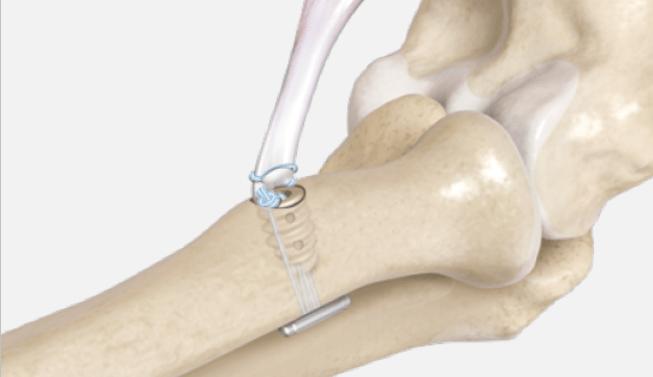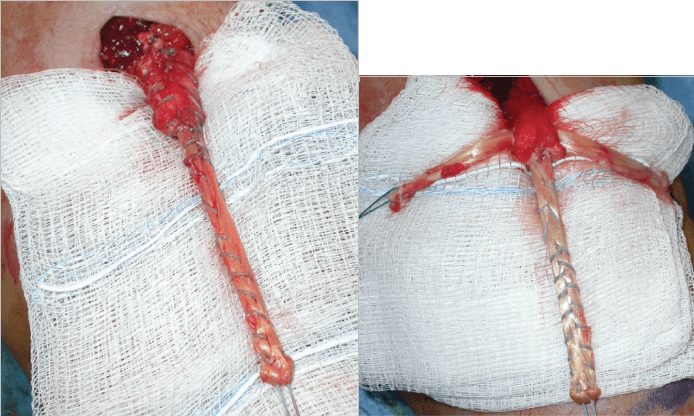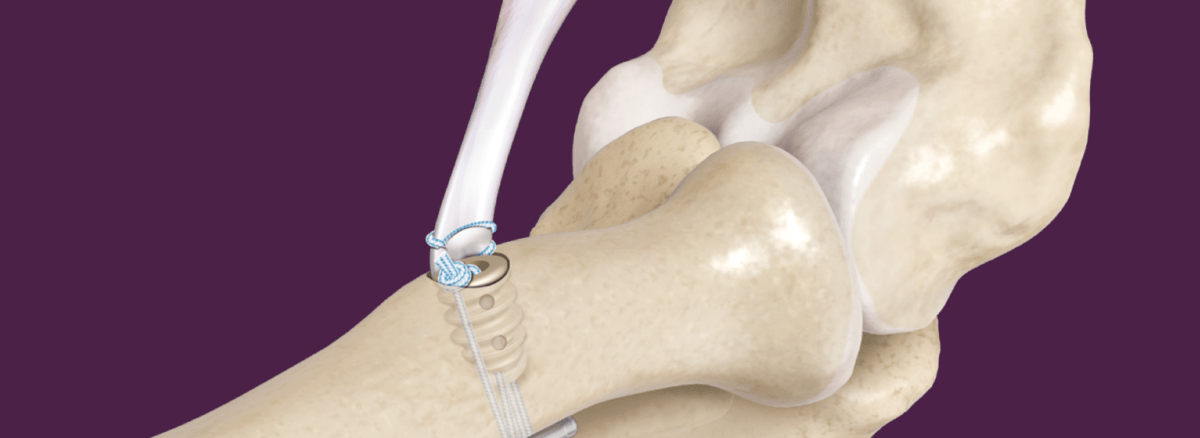DISTAL BICEPS TENDON RUPTURE
The biceps muscle is the large muscle in the front of your upper arm. It is the muscle most flexed by strongmen in demonstrating their muscles. The biceps is attached at the top in the shoulder and then below the elbow into the radius bone by a strong tendon.
This strong tendon at the elbow can rupture with a very strong contraction of the biceps muscle. People may feel a pop in the elbow and pain. This usually happens when the tendon is already worn and prone to injury.
The people most likely to get a biceps tendon rupture are strength athletes, bodybuilders and heavy manual workers. Generally, males over the age of 35 years. Unlike other tendon ruptures, steroid use has not been shown to be involved in the rupture of the distal biceps.
After the injury there is usually localised pain at the front of the elbow, with bruising and swelling. The biceps muscle may retract up the upper arm crating a prominent bump, known as the ‘Popeye’ sign. This is often visibly different to the other biceps when contracting the muscle.
Acute Distal Biceps Tear
• Please check the section for Acute distal Biceps rupture and different techniques
NONOPERATIVE MANAGEMENT
• Nonoperative management of complete distal biceps tendon ruptures entail the use anti-inflammatories and physical therapy to reduce pain and swelling. Patients are allowed to use the extremity as tolerated. Strengthening should focus on elbow flexion and supination.
• It should be discussed that complete distal biceps tendon ruptures are not usually associated with residual pain but rather loss of flexion (30%) and supination (40%) strength. If that is compatible with the patient’s job and lifestyle, then nonoperative management is acceptable.
• Partial biceps tendon ruptures and ruptures at the myotendinous junction are treated in a similar manner. The patient should proceed to strengthening when full painless range of motion (ROM) is obtained. Operative intervention is considered when nonoperative management fails for partial ruptures. Usually, a minimum 3 to 4 months of observation is appropriate. Patients should be counseled that pain rather than weakness is more of a predominant complaint with these injuries.
SURGICAL MANAGEMENT
What to do?
Chronic Disruptions
If the tendon is reducible, direct repair is achievable, similar to the techniques described for direct repair of acute tears.
• The definition of “chronic” is vague. Some authors have stated that greater than 8 weeks is chronic and that a graft is needed in these situations. However, the authors have been able to primarily repair distal biceps tendon ruptures out to 3 months. In these situations, the elbow might not extend beyond 60 degrees on the table, but within 3 months after the repair, the patient’s ROM is full. The biceps brachii like the pectoralis major has a significant ability to stretch back out over time.
• Prof Imam should discuss with the patient that a more chronic rupture might require a graft and discuss the type of graft to be used. Semitendinosus (either autograft or allograft), Achilles tendon allograft (with the bone plug inserted into the radial tuberosity or just soft tissue repair), flexor carpi radialis (FCR) autograft, and fascia Lata have been described.
• Any of the techniques of radial tuberosity fixation described in the acute section can be used. We use the EndoButton for the chronic reconstructions
OUR APPROACH
A biceps tendon rupture leads to weakness of the elbow and forearm if not repaired. People have difficulty twisting a screwdriver, turning a key and lifting weights. This is due to a 55% reduction in forearm twisting strength (supination power) and a 36% reduction in elbow bending strength (flexion power).
Therefore, early operative repair is the treatment of choice to restore full strength and correct the deformity. Repair should be undertaken within 3 weeks of the injury, or as early as possible.
There are many different repair techniques. We favour a direct approach using an endobutton approach, reattaching the tendon down to the bone as well as using an interference screw. The repair is strong and patients can start moving soon after the surgery. However, lifting must be avoided for at least 6 weeks after surgery.

A biceps tendon rupture that is over 4 weeks old is often more difficult to repair directly. The tendon is often retracted up the arm and stuck, so a second higher incision may be made to retrieve it. Sometimes a reconstruction with another tendon might be required. In such chronic cases we ‘bridge’ the repair and reinforce it with either tendon from the patient’s thigh (tensor fascia lata) or a tendoachillis graft. This is is similar to the ligaments used in knee ligament reconstructions

Figure: Different grafting techniques


